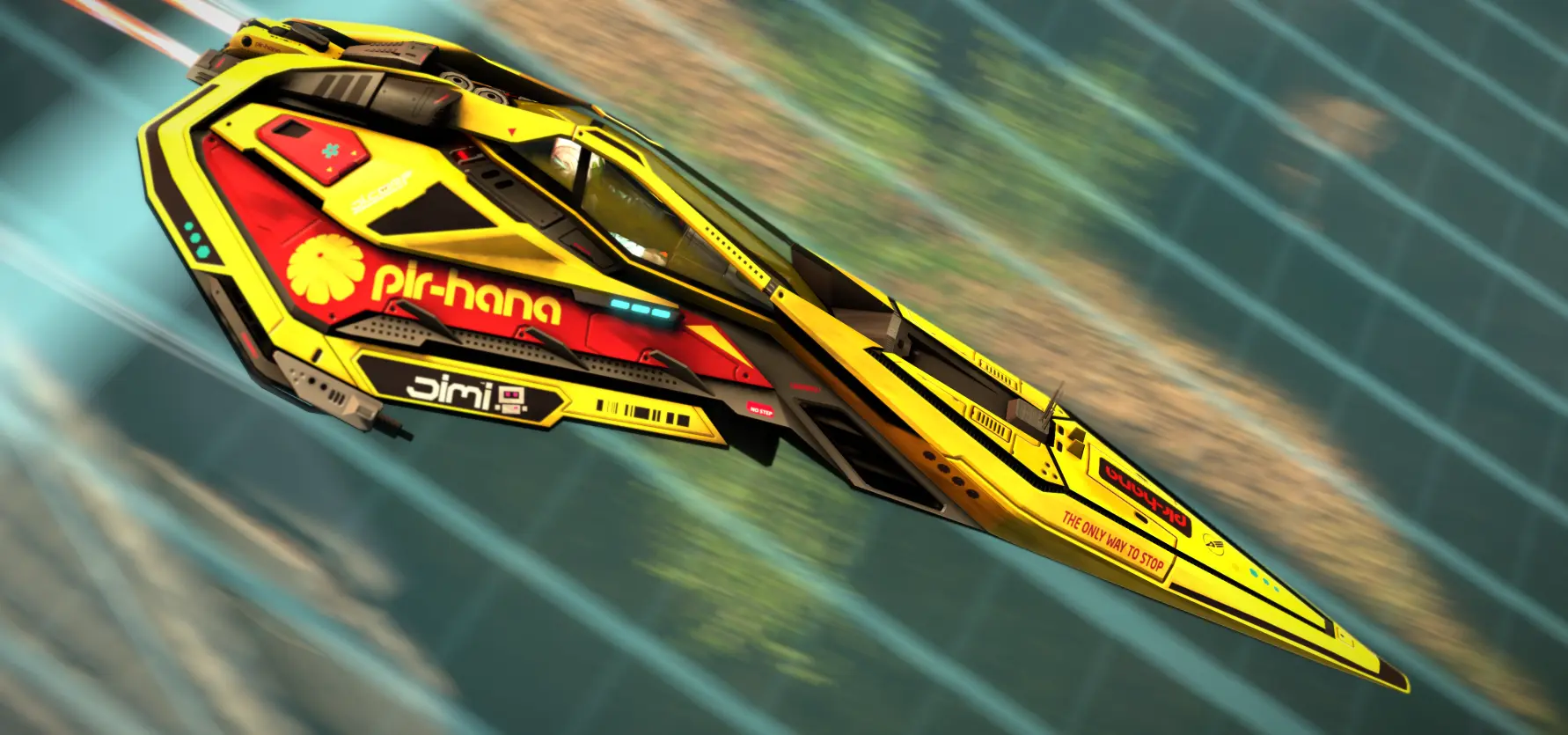How do you actually grab something off the shelves, if both lifts are keeping the other up?
MentalEdge
Eskating cyclist, gamer and enjoyer of anime. Probably an artist. Also I code sometimes, pretty much just to mod titanfall 2 tho.
Introverted, yet I enjoy discussion to a fault.
- 55 Posts
- 2.16K Comments
Abrubt power off shouldn’t damage the drives, but it can absolutely corrupt files that are being written, and even entirely delete things in the write cache.

 2·1 day ago
2·1 day agoDepends. If you are running it as a service that starts with the system (
sudo sysemctl enable kopiashould work with most install methods, as kopia comes with a systemd service you only need to enable) then yes, it will use its own scheduler.If you want to use your own scheduling, you’d use anything that can execute a command on a schedule.

 1·2 days ago
1·2 days agoThe main advantages of Kopia, are speed and destination flexibility.
The off-site storage does not need to have Kopia installed. It can be a mounted network location, an FTP server. Whatever. A generic cloud storage bucket like Backblaze B2.
That’s why just a router with and external drive hooked up is able to suffice.
For all of these, you can connect multiple Kopia instances to that same destination, and each client can browse backups, restore from them, and backup their own files to the destination. It even performs file deduplication across different source device. All while that destination device or service, has no access to your encrypted files.
With borg, you need something like a Pi that can have borg installed. (You can also do this with Kopia, in which case the Kopia instance on the destination device is also able to manage the backups).
Kopia also beats borg and restic in speed. My daily backups typically complete within a minute or two. I used to use Duplicati, with which it was common for it to take up to an hour. When it started regularly taking more than an hour, I switched to Kopia.
Kopia is not the fastest for initial backup. The speed of this varies depending on destination type. It does not compress by default, but you can enable almost any type of compression you want. No, what it is fastest at is updating backups. If there is nothing to update, it does not take forever for it to figure that out. Kopia does it in seconds.

 12·4 days ago
12·4 days agoNo. The idea is to stop people from acccepting a better deal to go work for a competitor. Non-competes applying when being fired or when your company gets shuttered, would leave the employees literally unable to work in their field no matter how their employment ended.
Even if that were how these contracts worked, good luck to ubisoft enforcing a non-compete for employees that worked for a legal entity that no longer exists.

 48·5 days ago
48·5 days agoForreal.
Every time this happens, a couple years later: “oh wow look at this new indie studio, they are seriusly punching above their weight”
Looks inside.
Industry veterans.
People you fire, are free to compete. And it’s been biting a growing chunk of the market for a while now.

 3·6 days ago
3·6 days agoThe upside of using a separate character for the reset, is that it can be made temporary. When you’re back to the other character, their inventory is still there. Most games that do this with multiple characters work this way.
Done right, the scary sections played as a secondary character should work like intermissions that don’t outstay their welcome. And unlike a main character reset, you can go back and forth multiple times much more naturally.
Really common, actually. RAM doesn’t really wear out, so if you do get hit with some faulty DIMMS, look into RMAs.

 6·7 days ago
6·7 days agoTBF, if they did some proper horror game stuff with her sections, Id’ve been stoked.
Lots of horror games do this, where they make you completely disarm to bring the scaryness back after the power creep of finding a bunch of weapons and items make you complacent.
The staff elevator in Silent Hill 2. The security check in Alien Isolation. Heck, House Beneviento in RE7.
Scary Ashley sections could have served the same purpose to contrast with Leon’s overpowered badassery.

 388·7 days ago
388·7 days agoIf this actually worked, the rich wouldn’t be trying to sell AI to the poor. They’d keep it to themselves.
I use Jellyfin with the Symfonium mobile client.
Navidrome is popular but does not support multi-tags for some fields, like artists.

 6·10 days ago
6·10 days ago-
There is no “special” benefit to a pre-built NAS. They have convenient software but there is nothing exceptional about them. They’re just computers with storage drive slots. Using a bunch of external drives via a USB hub would be fine. But is that your only expansion option on the system you have? Access speeds via USB, especially if using a hub, won’t be ideal. It’ll certainly work, though. You can also get enclosures to put full size HDDs in, which can connect to an existing system.
-
RAID is still the way to go, but since you don’t need much storage, I’d start with RAID 1, not 5. 5 will require a rebuild with a new drive if something goes wrong, while RAID 1 will work with 2 drives and give you complete mirroring. Since you intend to have a “local” backup copy anyway, why not just skip that and use RAID 1? It’s literally the same thing, except it’ll actually provide uptime in case of failure, unlike a backup drive or raid 5.
-
So RAID 5 plus a local backup, plus another offsite? This is overkill IMO. (Not the offsite backup that’s good. But raid+local copy. Just use two drives and mirror them using whatever you prefer.) In your place, I think I’d go with BTRFS in raid1c2 mode. This is like raid1, in that with two drives, you only get the capacity of one drive. But, the “c2” means that each data block is mirrored to two drives. With more than two drives, you can expand storage. (With three 2TB drives you’d get 3TB) You don’t get as much available storage as with raid5, but you get expandability, which you normally don’t with raid1. And you get uptime in case of failure without an array rebuild (though for this you must mount the volume with the “degraded” option, unlike actual raid using mdadm). You also get filesystem snapshots.
-
You intend to do this manually? That is fine. My current solution is a second NAS at my dad’s home, to which my system is backed up daily using Kopia. Kopia deduplicates and compresses the backups, efficiently keeping versions up to two years back. The simplest version of this would be a router that can host an FTP server using an external drive in its usb port. This way you could automate off-site backup and have it happen more frequently. Asus routers can do this, and even come with free dynamic DNS and automatic https with letsenrypt. You literally just plug it into WAN somewhere, and you’ll be able to back up to it over the internet.
Finally, just some mentions.
MDADM, is what you’d use to create a software RAID array.
BTRFS has built-in multi-device storage, of which only single, raid0, and raid1 are stable. Do not use the raid5 and 6 modes. While named raid, the modes differ from actual raid. BTRFS is able to convert from one mode to another, and can add drives in any mode (though will need to “balance” the drives after changes, to make additional capacity available). It is also able to evict drives. It will not auto-mount a volume after drive failure, and requires the “degraded” option be added.
Mergerfs can be used to merge filesystems to expand storage non-destructively. It is able to arbitrarily combine volumes of any type, to combine their capacity. This way, it can for example be used to expand a raid1 array by combining it with a single disk, or another raid1 array, or whatever else. This can be done temporarily, as the combined volume can also be disassembled non-destructively, with each file simply remaining on whatever drive they were on.
-
Didn’t there use to be an unlimited tier?
dlock dlock dlock dlock dlock
Are yuu da qaeen?

 9·10 days ago
9·10 days agoOh for sure. Tons of studios would probably still exist, and a lot of people would still have jobs, had Embracer just not bought those studios.

 19·11 days ago
19·11 days agoTBF, Eidos under Embracer had a game in progress, but it was one of the projects they cut when the saudis ended up not investing in them.
Embracer had bought up studios and started projects they didn’t yet have money to fund, and when that bit them in the ass, it was the studios and games that got the axe.

 64·11 days ago
64·11 days agoHaha.
Glad he didn’t take being told to stop talking about Deus Ex too seriusly.
Deus Ex has ben doublesnubbed now, first by Squenix, and then by Embracer.
They don’t seem to get that we do want more. Mankind Divided got hated on because Squenix tried to put fucking microtransactions in a full price single player story.

 1·11 days ago
1·11 days agoShould be. I have it under “sort by>image>date photographed”. Important to note that is not always a populated metadata tag.
You might not need to entirely switch, you can install just Dolphin (the KDE filebrowser) and use it with Cinnamon just fine.
Edit: Nemo, the file browser shipped with Cinnamon, should also have support for this. I don’t personally use it so I can’t help you further there on how to do that or what might be wrong if it isn’t working.

 1·11 days ago
1·11 days agoI’m not saying it wasn’t.
I’m saying the problem wasn’t “all audio being upscaled”. That’s nonsense.
Something obviously went wrong. It just can’t be what you think it was.
What you tried should be completely possible and not come with any significant difference in CPU usage.
Which means you ran into a bug. Not some inherent difference in how linux works that means what you attempted is impossible.
The “cause” you describe (audio resampling to match the samplerate being used), is how all digital audio has worked on all devices since the inception of digital sound. It’s not something stupid that only linux/pipewire does.













How did you install kopia? What system are you on?
It needs to be running, if it is, it will follow the policy. Systemd can start it with the system, but you can also start it some other way. Or you can execute snapshots without it constantly running, via cron/script. It’s up to you.